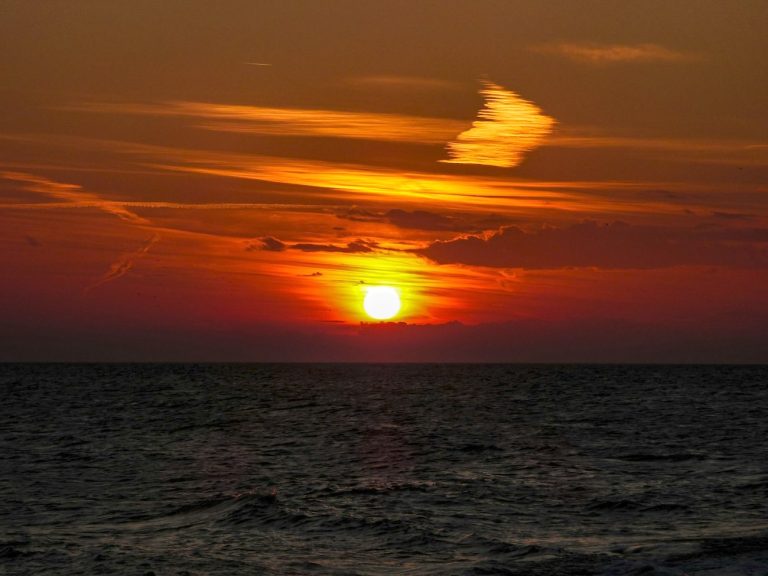

According to a new study, Global warming over the past 200 years has been associated with reduced cloud cover, This decrease in cloud albedo may be related to “the dominance of external forces – volcanoes, the sun and the ocean – in the interaction after the LIA.” [Little Ice Age]”. [emphasis, links added]
Scientists have repeatedly reported satellite observations (CERES) that reduced cloud albedo results in increased solar radiation absorbed by Earth's oceans – Explain the rising temperature trend after 2000 (Dubal Vahrenholt, 2021; Loeb et al., 2021; Stephens et al., 2022; Koutsoyiannis et al., 2023; Loeb et al., 2024; Nikolov and Zeller, 2024).
Scientists have now developed a new reconstruction of cloud cover in the Mediterranean region from 1500 to 2022.
The authors believe their reconstruction of cloud cover may represent more than just the region, as it is the product of large-scale processes that may “transcend geographical boundaries.”
In other words, what happens in the Mediterranean is likely to have global consequences.
Reconstructions show modern cloud cover decline may not only have occurred since 2000except for a brief period of growth from about 1945 to 1980 (consistent with the global cooling trend), But it has also lasted for more than 200 years.
The “turning point” years were 1815 to 1818 after the eruption of Mount Tambora. Since then, cloud cover has dropped dramatically, bucking decades of change.
The authors believe that the “dominant” factors relevant after the 1800s include solar forcing, volcanic forcing, and the Atlantic Multidecadal Oscillation (AMO).
“Our study… demonstrates the dominant role of external forces such as volcanoes, the sun, and the ocean in post-LIA interactions.”
“The combination of these factors [AMO surging to a positive phase, a significant rise in solar forcing] This may lead to a significant reduction in cloud cover over the Mediterranean.
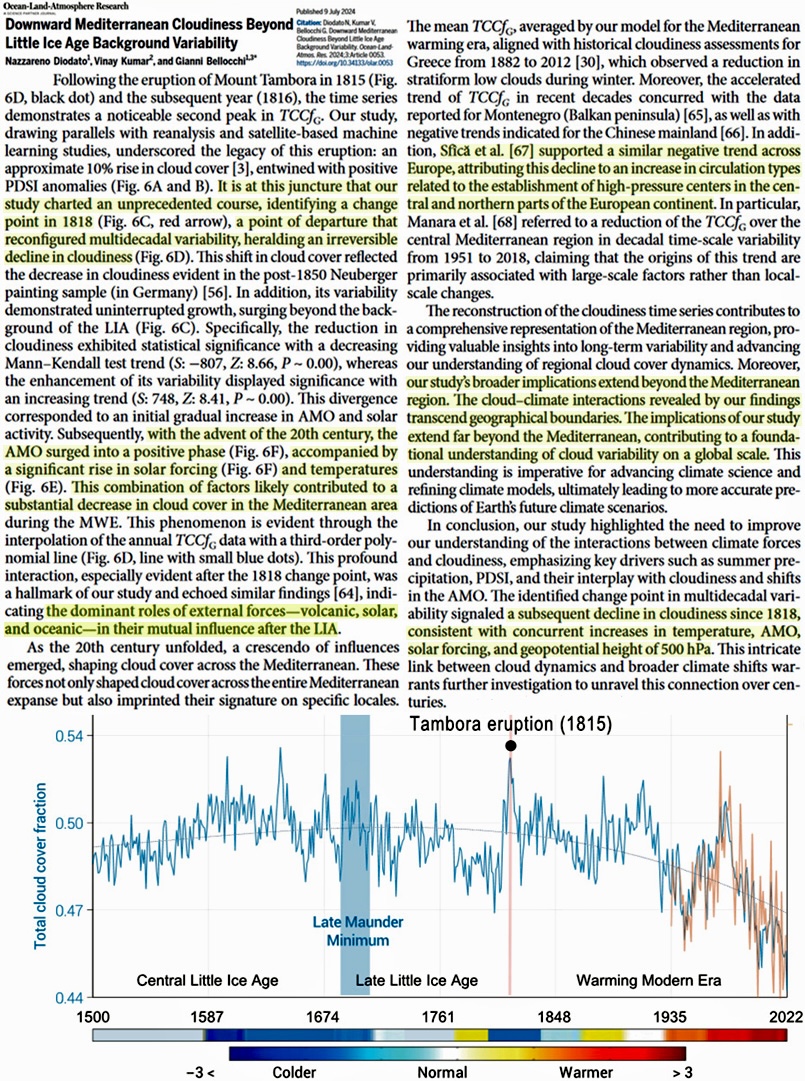

Interestingly, the authors also replicated the model-based hypothesis that rising temperatures after LIA could be a contributing factor. causation Factors responsible for the decline in cloud cover from the 1800s to the present.
In other words, warming causes cloud cover to decrease, not the other way around. This assumption is bizarre at best.
It is known that warm ocean water adds more moisture to the air than cool ocean water. For example, this is why water vapor concentrations reach 35,000 ppm in the tropics but are below 1,000 ppm at the poles.
Furthermore, it is known that warm summers are cloudier than cold winters (e.g., see below Malliard et al., 2021 and Abraham et al., 2022). In mid- and high-latitudes, cloudy summers can be 10 to 15°C warmer than clear winters.
In contrast, The modern warming trend in recent decades is only a tenth of a degree, making changes in cloud cover negligible relative to these larger seasonal temperature changes.
Additionally, the decrease in cloud cover is the opposite of what happens when temperatures increase.
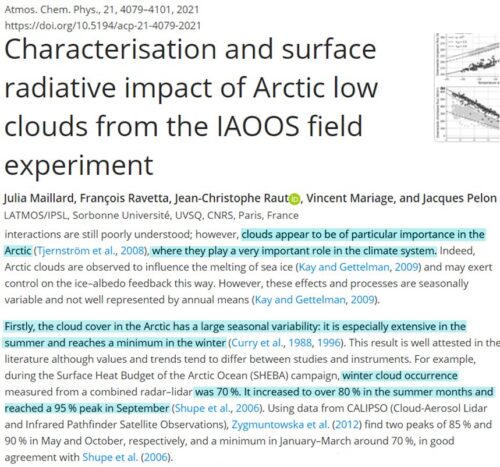

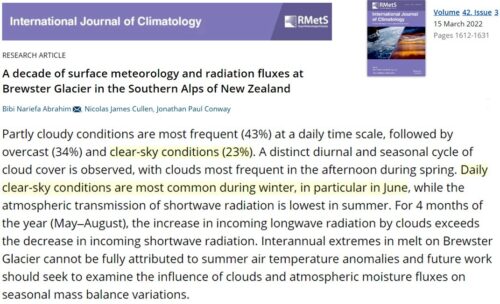

Furthermore, real-world observations (Jonas, 2022) are very clear on the question of whether warming leads to reduced cloud cover.
“Warmer temperatures will lead to increased cloud cover.”
“For every 1 degree Celsius increase in temperature, cloud cover increases by 0.71 percentage points.”
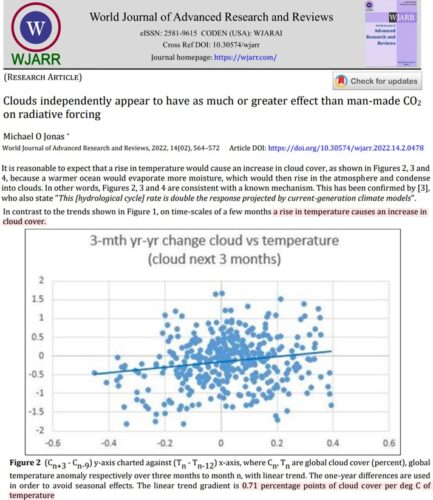

Defenders of anthropogenic global warming want to believe that the decline in cloud cover observed in recent decades is caused by humans.
So the inputs to climate models are programmed to say that warming from rising greenhouse gases leads to less cloud cover, which in turn leads to further warming—a permanent, runaway positive feedback.
The problem is, real-world observations show warming causes cloud cover to increase, not decrease. Therefore, neither warming nor increased greenhouse gas emissions can explain the observed decrease in modern cloud cover.
Modern warming could be explained by the surface absorbing more solar radiation due to reduced cloud cover (the effect of “unforced internal changes”).
Popular photo on Unsplash by Eirene Thoms
Read more in the Tip-Free Zone
